10 July 2025
Storytelling is one of the oldest forms of communication, and it plays a crucial role in our lives. Whether we're sharing experiences, teaching lessons, or captivating an audience, storytelling helps us connect with others on a personal level. But here's the thing—storytelling isn't always as easy as it sounds. It takes practice, creativity, and sometimes, a little bit of imagination to bring stories to life.
One of the most effective ways to improve storytelling skills, especially for children, is through puppets and role play. These tools allow people to step into different characters and scenarios, making the storytelling experience more dynamic and engaging. But how exactly do puppets and role play strengthen storytelling abilities? Let’s dive into the details.
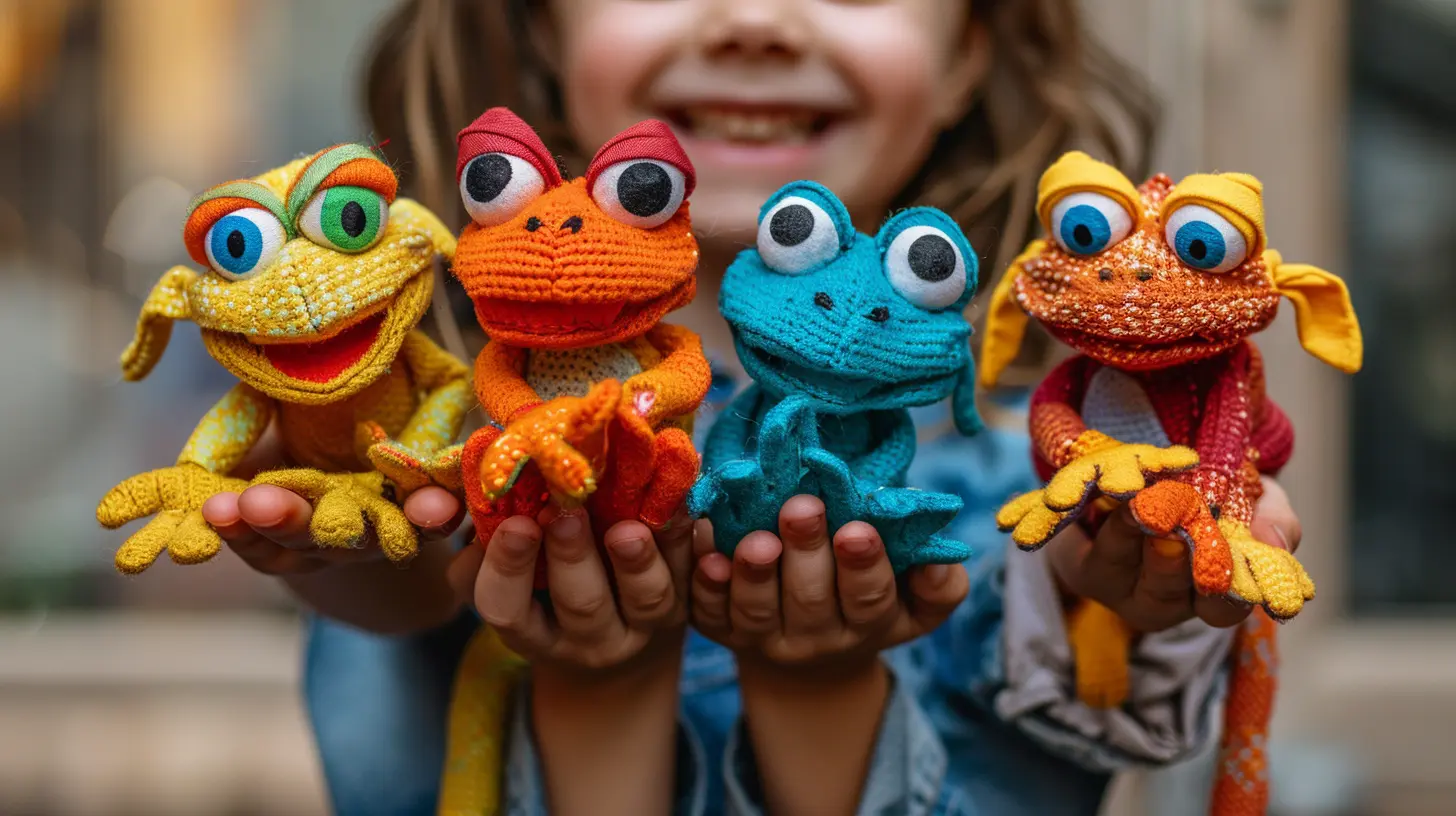
The Magic of Puppets in Storytelling
Puppets might seem like simple toys, but don't let their playful appearance fool you. They are powerful tools for enhancing storytelling skills. When you pick up a puppet and give it a voice, you're doing more than just playing—you’re practicing essential storytelling techniques.1. Encourages Creativity and Imagination
Puppets give storytellers the freedom to create characters that are limited only by their imagination. Whether it’s a dragon with a quirky personality or a wise owl with ancient knowledge, puppets allow you to explore different personas and voices. This practice encourages creativity, which is a crucial component of effective storytelling.When children (or even adults) use puppets, they begin to think outside the box. They’re no longer confined to telling stories from a single perspective. Instead, they can switch between characters, giving each one its own voice and personality. This builds narrative complexity and makes the story more engaging for listeners.
2. Helps Overcome Shyness
Let’s be honest—public speaking can be intimidating, especially for children. But when you're hiding behind a puppet, something magical happens. The fear of being judged or making mistakes disappears, and the storyteller feels more confident in expressing their ideas.Puppets act as a "mask" that allows storytellers to step out of their shell. They can experiment with different tones of voice, exaggerate emotions, and even make mistakes without feeling embarrassed. This practice helps build confidence, which is essential for strong storytelling.
3. Enhances Verbal and Non-Verbal Communication Skills
When you're using a puppet, you're not just focused on what the character is saying—you’re also thinking about how the character is saying it. Puppets require storytellers to actively engage both verbal and non-verbal cues.For instance, storytellers must adjust the puppet’s movements to match its emotions. Is the puppet happy? Its arms should move excitedly. Is it sad? Maybe its head should droop a little. Additionally, using different voices for different puppets helps in honing vocal modulation skills. All of this builds a storyteller’s ability to effectively convey emotions and action through both words and body language.
4. Fosters Problem-Solving and Critical Thinking
Storytelling isn’t just about narrating events—it’s about building a narrative that makes sense, has structure, and resolves any conflicts that arise. When using puppets, children are often faced with questions like, "What will the puppet do next? How will it solve this problem?"These questions encourage critical thinking and problem-solving skills, which are essential for crafting compelling stories. The act of guiding a puppet through a story helps children (and adults) understand how narratives are built, how conflicts are introduced, and how resolutions are achieved.
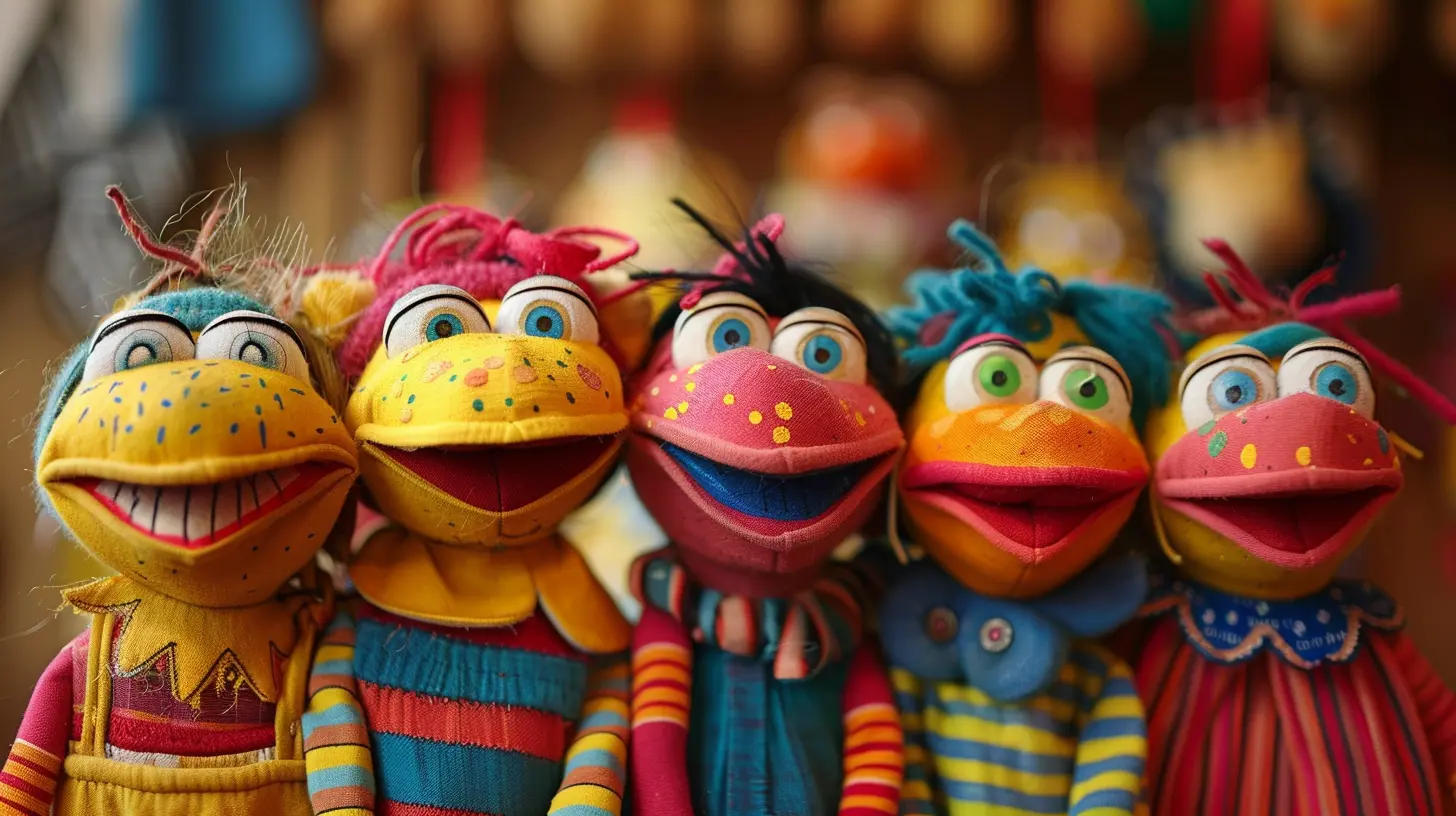
Role Play: Stepping into the Story
If puppets are the stepping stones to better storytelling, role play is the bridge that lets you fully immerse yourself in the world of the story. When you role play, you’re not just telling a story—you’re living it. This makes role play an incredibly effective tool for strengthening storytelling skills.1. Promotes Empathy and Perspective-Taking
One of the key aspects of storytelling is the ability to create believable characters with real emotions and motivations. Role play forces you to step into someone else’s shoes, which is an excellent way to practice empathy.By pretending to be different characters, you gain a better understanding of their feelings, thoughts, and motivations. Whether you're role-playing as a brave knight, a mischievous trickster, or a wise old wizard, you learn to see the world from their perspective. This adds depth to your stories because you're not just narrating events—you’re conveying the emotional experiences of your characters.
2. Develops Dialogue Skills
When you're role-playing, you're constantly engaging in dialogue. Whether you're interacting with other participants or simply improvising a conversation between characters, you’re practicing the art of dialogue.Good dialogue is essential for compelling storytelling. It’s what makes characters feel real and relatable. Through role play, storytellers learn how to make conversations flow naturally, how to use dialogue to reveal character traits, and how to keep the audience engaged through verbal interaction.
3. Improves Focus and Attention to Detail
Role play requires you to be present in the moment. You need to pay attention to your surroundings, the actions of others, and the reactions of your audience. This heightened focus helps storytellers become more attuned to the details that make a story rich and compelling.For example, during a role play session, you might notice that a character is feeling anxious. You’ll need to adjust your own actions and words to reflect that dynamic. This kind of attention to detail is crucial for creating stories that feel real and immersive.
4. Encourages Collaboration and Teamwork
Storytelling is often seen as a solo activity, but role play turns it into a collaborative experience. When you're role-playing with others, you're not just telling a story—you’re co-creating it. This teaches valuable lessons about how to work with others to build a cohesive narrative.Collaboration fosters creativity, as participants bounce ideas off each other, and it also teaches flexibility. Sometimes, the story takes an unexpected turn, and you need to adapt. This helps storytellers think on their feet and become more open to new possibilities in their narratives.
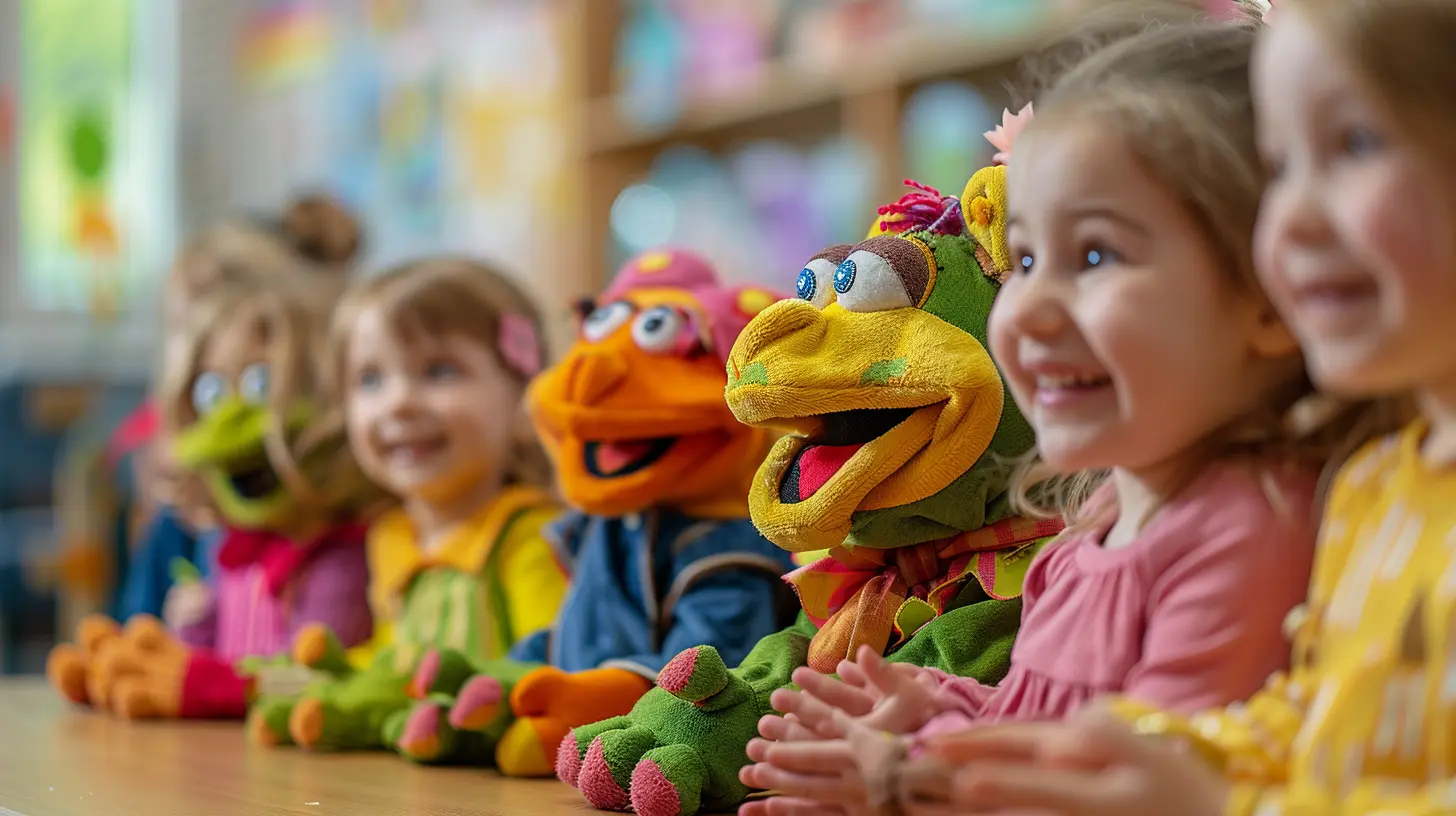
Combining Puppets and Role Play for Maximum Impact
Individually, puppets and role play offer remarkable benefits for developing storytelling skills. But when combined, they create a powerhouse of creative expression. In classroom settings or even at home, combining these two methods can lead to even more dynamic storytelling experiences.1. Interactive Storytelling
By blending puppets with role play, you can create interactive storytelling sessions that engage both the storyteller and the audience. For example, a child might use a puppet to narrate a story while their friends role-play as characters within the narrative. This creates a rich, multi-layered storytelling experience that involves both verbal and physical expression.2. Building Team Dynamics
When puppets and role-playing are combined, especially in group settings, it fosters a sense of teamwork. Each participant can take on different roles, either as puppeteers or role players, and work together to create a shared story. This not only strengthens storytelling skills but also teaches valuable lessons about collaboration, listening, and respecting others' creative input.3. Expanding Imagination
Both puppetry and role play rely heavily on imagination. By using these tools together, storytellers are encouraged to push the boundaries of what’s possible in their narratives. Suddenly, a puppet isn’t just a toy—it’s a character with its own backstory, personality, and goals. Similarly, role players aren’t just acting—they’re living within the world of the story.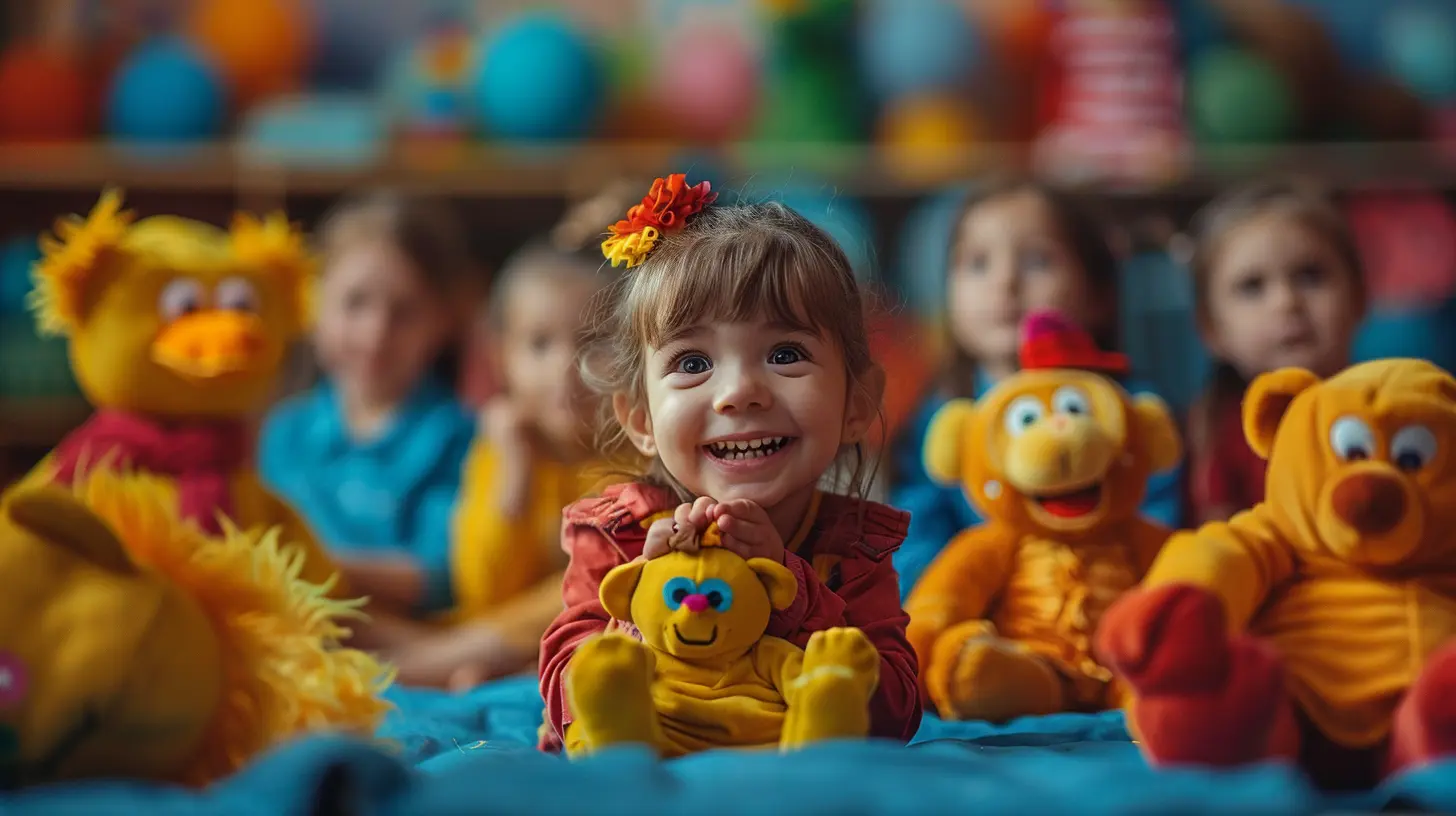
Simple Ways to Introduce Puppets and Role Play in Your Storytelling Practice
If you're new to using puppets and role play for storytelling, don’t worry—it’s easier than you think. Here are a few simple ways to start incorporating these tools into your storytelling practice:1. Start Small
You don’t need a cast of 20 puppets or an elaborate role-playing scenario to get started. Begin with one or two puppets and a simple story. Likewise, if you’re role-playing, start with a basic character and build the story from there.2. Use Everyday Objects
Don’t have a puppet? No problem! Everyday objects like socks, spoons, or even stuffed animals can serve as puppets. Let your imagination run wild. Similarly, you don't need a fancy costume to role-play. A simple prop like a hat or a scarf can transform you into a completely different character.3. Involve Others
Storytelling is more fun when others are involved. Invite friends, family, or students to participate in your puppet shows or role-playing activities. This not only makes the experience more enjoyable but also helps you practice collaboration and listening skills.4. Practice Regularly
Like any skill, storytelling improves with practice. The more you use puppets and role-play in your storytelling, the more comfortable and creative you’ll become. Make it a regular part of your routine, whether you’re practicing solo or with a group.Final Thoughts: The Power of Play in Storytelling
In a world where digital screens dominate so much of our attention, puppets and role play offer a refreshing and engaging way to develop storytelling skills. These tools tap into the power of play, allowing us to experiment, explore, and express ourselves in ways that are both fun and educational.By incorporating puppets and role play into your storytelling practice, you can enhance creativity, empathy, communication, and collaboration—all of which are essential components of effective storytelling. So why not pick up a puppet or dive into a role-playing adventure? Your stories will thank you for it.




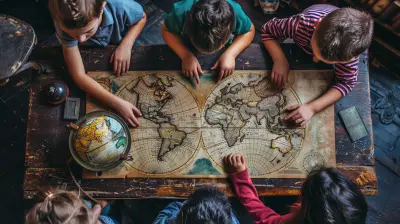


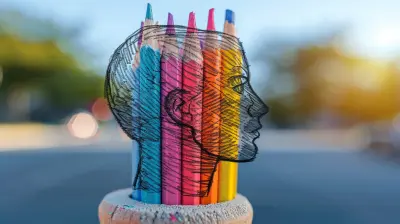
Nala Ford
Who knew puppets could be better storytellers than half my relatives? Let’s get those hands moving and turn every tale into a theatrical masterpiece! 🎭✨
November 21, 2025 at 8:17 PM